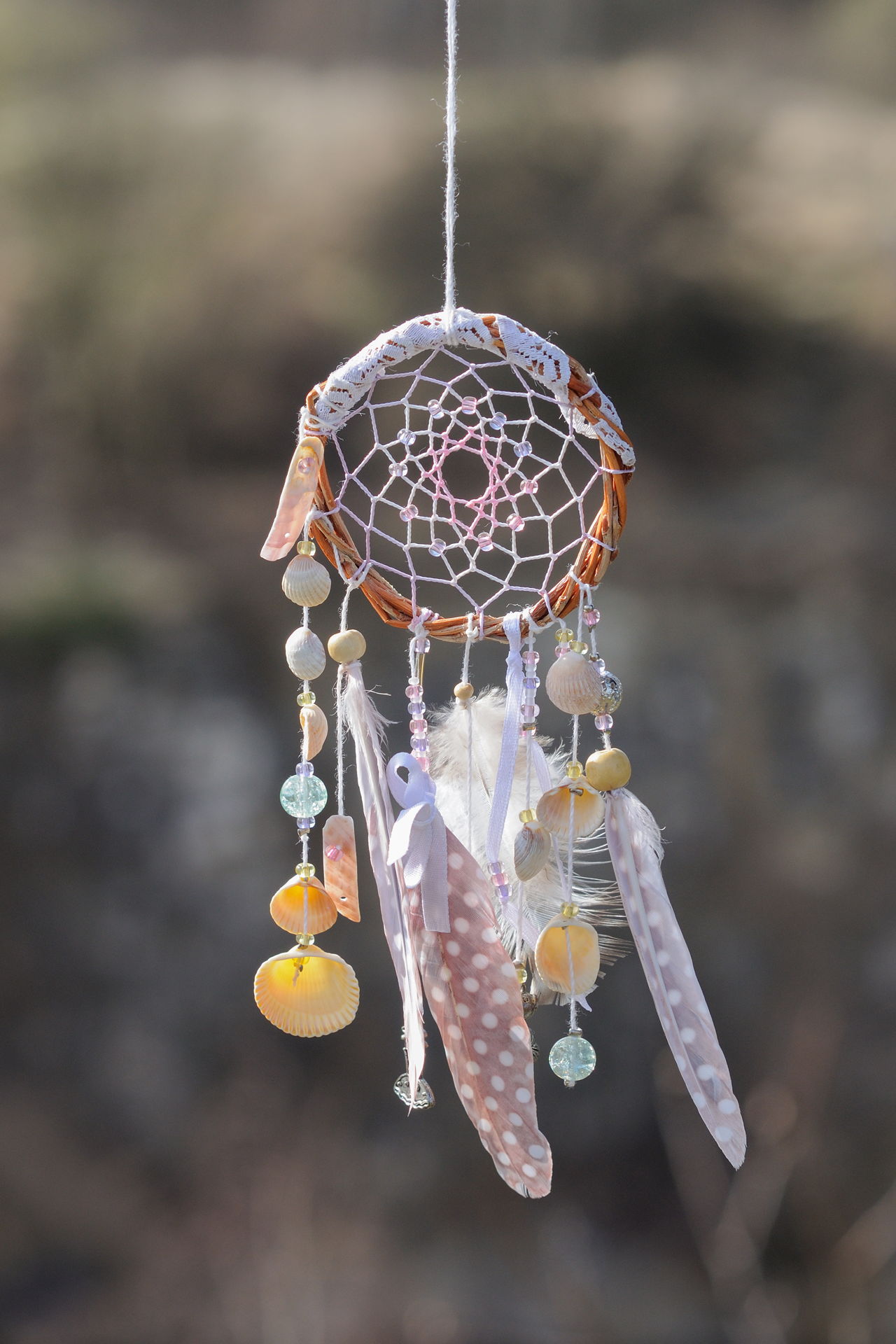Navajo Dream Catcher

- Navajo Dream Catcher History
- Navajo Dream Catcher Uk
- Navajo Dream Catcher Legend
- Navajo Dream Catcher Picture
Did you scroll all this way to get facts about native american dream catcher? Well you're in luck, because here they come. There are 8309 native american dream catcher for sale on Etsy, and they cost $24.38 on average. The most common native american dream catcher material is metal. The most popular color? You guessed it: blue. Answer: Dream catchers have long been a part of Native American religion, lore, and art, originating with the Ojibwe, or Chippewa, and the Lakota, a confederation of seven Sioux tribes. Dream catchers are webbed and beaded circles hung with feathers from the base of the circle. This Native American dream catcher is an authentic Navajo Indian dreamcatcher made with the popular rustic deer skin leather, beads and feathers. The webbing of the dream catcher is woven by hand and includes a piece of real turquoise. Buy your Genuine Native American Dream Catchers online today, only on The Spirit Shop. Wide range of fantastic products and all at great prices.
Dream Catchers |
| 1. Start with a 2 - 6 ft. length of fresh Red Willow (Red Osier Dogwood), or soaked Grapevine (dried grapevine is available in the craft department of many stores) Carefully bend the vine around to form a circle with a 3 - 8 in. diameter. You decide on the diameter, but traditionally dreamcatchers are no wider than adult's hand. 2. If you are using thin Red Willow or grapevines, twist the piece you are bending, around the circle you have made to strengthen the hoop. |
| 3. Use 4-16 ft. of strong but thin string (the length is determined by the diameter of the hoop). Knot a loop in one end from which you will hang your dream catcher when it is done. 4. Tie the hanging loop around the top of your dream catcher (or at the weakest point of your hoop). |
| 5. The dream catcher repeats the same stitch from start to finish. To start, hold the string and place it loosely over the top of the hoop. Move the string around to the back of the hoop (forming a hole) and pull the string back through the hole you just made. |
| 6. Pull each stitch taught but not too tight or it will warp the hoop of the dream catcher and it will not lie flat when it is done. |
Navajo Dream Catcher History
| 7. Continue the same stitch for the first round around the hoop of the dream catcher. Space the stitches evenly, about 1 1/2 to 2 in. apart (making 7 to 13 stitches around the hoop). 8. The last stitch of the first round should be placed about a half inch away from the the hanging loop. |
| STITCH FOR THE SECOND ROUND: 9. On the second and subsequent stitching rounds, place the string around the center of each stitch from the previous round (rather than around the hoop). 10. As you pull each stitch tight, the string from the previous round should bend towards the center of the hoop slightly, forming a diamond shape. You should see the spider web beginning to form. 11. On the third or fourth round add a bead to represent the spider in the web. Simply place the bead on your string and continue stitching as usual. |

Navajo Dream Catcher Uk
| 12. Continue stitching towards the center of the hoop. Eventually, the stitches become so small that it is difficult to pass the string through. Make sure you leave a hole in the center of the dreamcatcher. 13. Stop stitching at the bottom of the hole in the center of the dream catcher. End by stitching twice in the same place, forming a knot, and pull tight. |
| 14. You should have 6 - 8 in. of string to tie 2 or 3 feathers which dangle from the center of the dreamcatcher. Tie on 2 or 3 feathers and knot. |
| 15. Wrap a 1 in. square of felt around the knot of string and over the base of the feathers. Tie two 4 In. pieces string around the wrapped felt. 16. Hang over sleeping place. Sweet Dreams!! |
Navajo Dream Catcher Legend

Navajo Dream Catcher Picture
Branches, Twigs & Roots Bibliography and Books to Buy On-Line
| Text and Graphics © 1994 - Tara Prindle unless otherwise cited. |